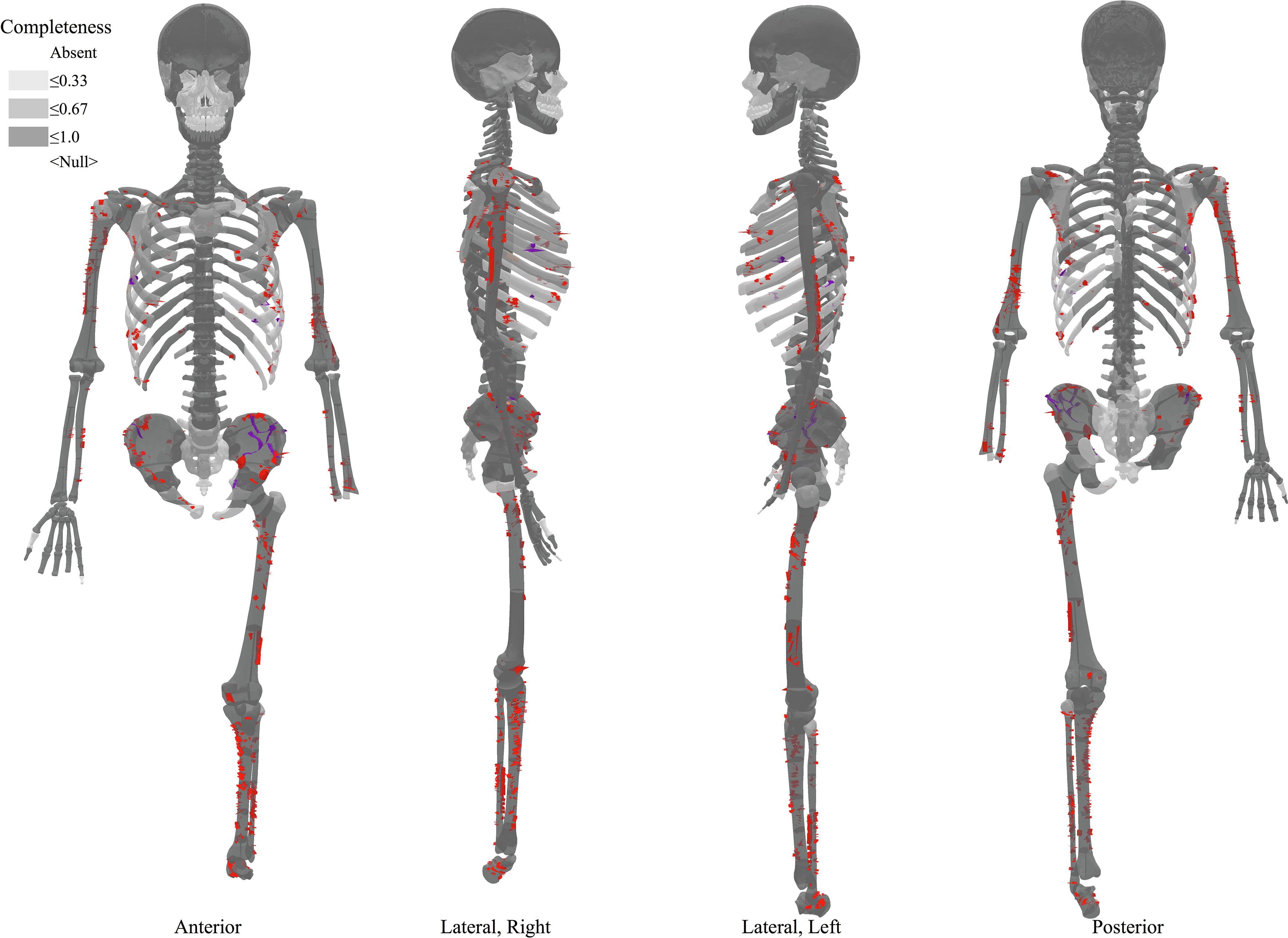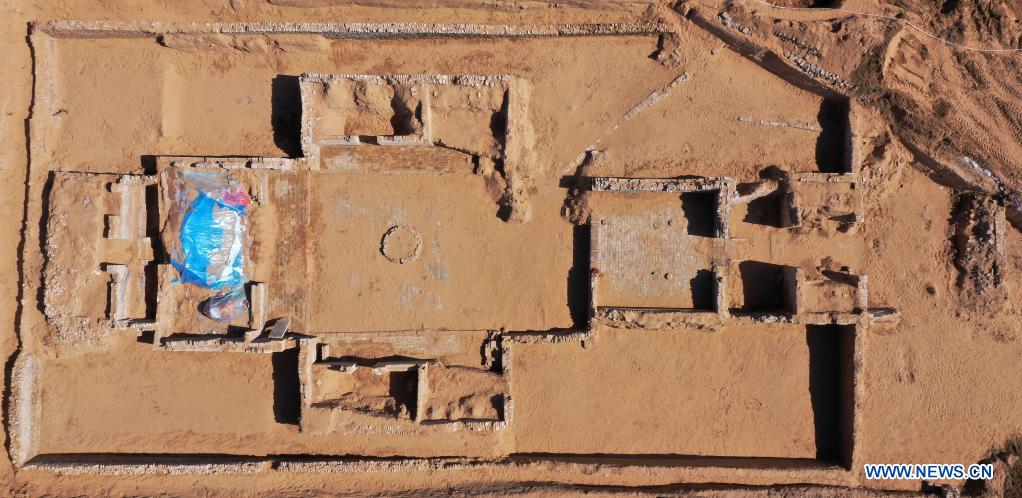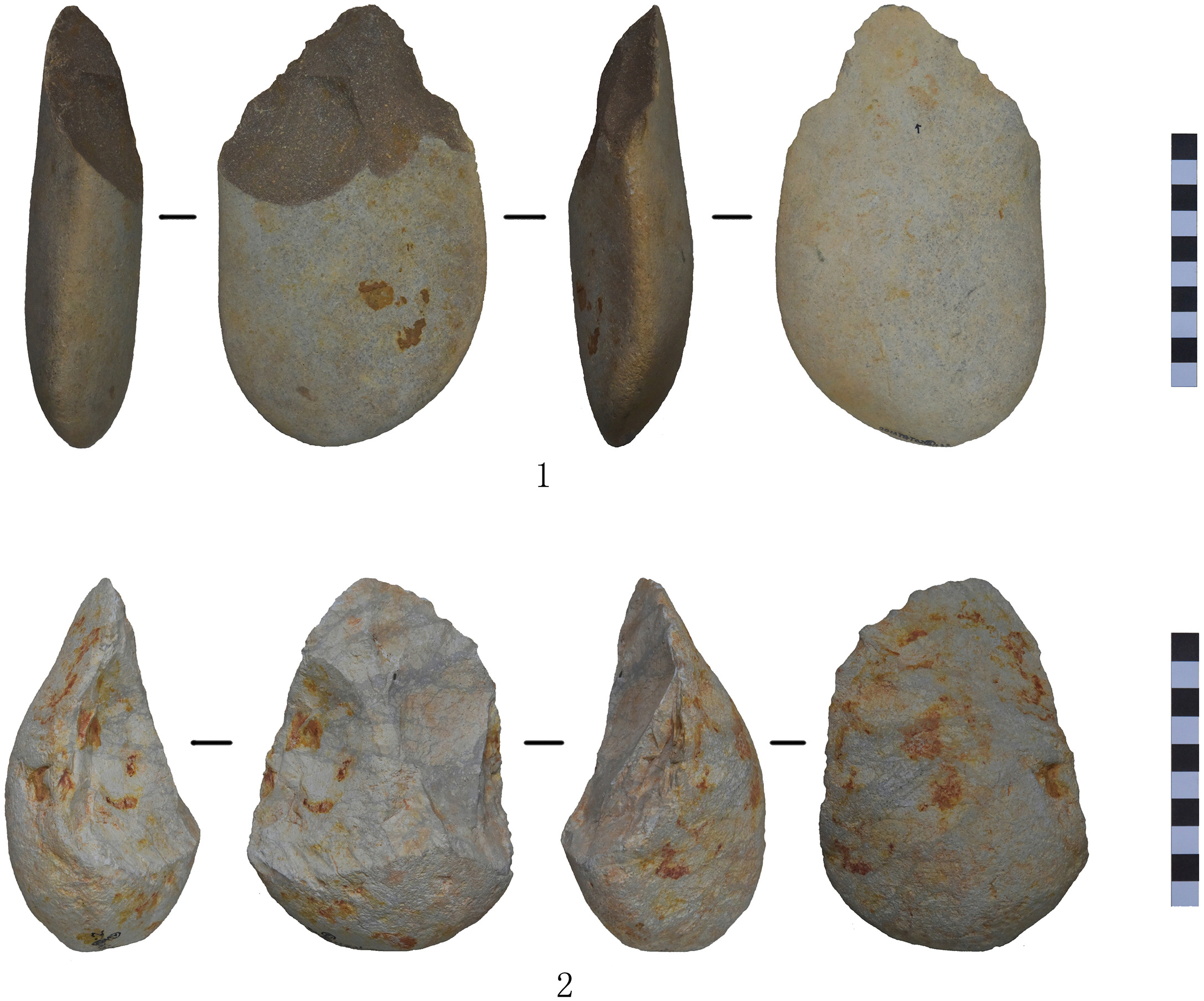SEAA News Blog
New fieldwork or research discoveries? Upcoming conference or workshop? New job opening or fellowship posting? New book?
Share the latest news of your work with your colleagues, advertise for job or fellowship openings, find participants for your conference session and more on the SEAA blog.
Guidelines: All posts should be related in some way to East Asian Archaeology. When writing your post, please use capital letters for surnames. Original script (Chinese, Korean, Japanese) for East Asian place names, personal names, or archaeological terms is encouraged. For the transcription of East Asian language terms, Pinyin for Chinese, Hepburn for Japanese, and the Korean Government System (2000) for Korean is encouraged.
Contributions should be limited to around 500 words and 1-2 images. For longer descriptions of your projects, you may consider the Reports section of the Bulletin (BSEAA).
Members can submit their news posts to the SEAA web editor via the website (see SEAA Members' Area for details and instructions on blog submissions) or via email. Non-member contributions are also welcome and may be submitted via email to the SEAA web editor.
The editor(s) reserves the right to carry out minor editing, or to decline contributions inappropriate to the objectives of SEAA.
The Society of East Asian Archaeology Online Student Conference
Registration is open to all and free of charge. You do not need to be a speaker to attend. If you have not yet registered for the conference, please do so NOW via the following link: https://seaa-web.org/conference/upcoming/registration-form
Presentation abstracts for the upcoming SEAA conference are available on the SEAA website via the following link: https://seaa-web.org/conference/upcoming/abstracts
SEAA has been informed of this research opprotunity at National Tsing Hua University in Taiwan, which includes potential funding for archaoelogical research:
Master's Degree Program Award: National Tsing Hua University Award In Austronesian Studies
Awards are available to pursue a full-time Master’s degree in Austronesian Studies at the Institute of Anthropology, National Tsing Hua University (NTHU). The program is taught in English.
The remains of a Great Wall castle dating back to the Ming Dynasty (1368-1644) were discovered in northwest China's Shaanxi Province, said the Shaanxi Academy of Archaeology on June 8, 2021.
Architectural relics, including two courtyards, were found at the remains of the Qingpingbao castle, located in Jingbian County, Yulin City.
In order to explore the origins and development of pastoralist cultures of the Eurasian Steppes, exchange the newest achievements of the research on pastoralist cultures and societies, and promote the development of the archaeology of pastoralism in the Eurasian steppes, the Research Centre for Chinese Frontier Archaeology of Jilin University, the Research Center for Frontier Archaeology, Institute of Archaeology, Chinese Academy of Social Sciences, and the Inner Mongolia Hulunbuir Ethnographic Museum are co-organizing the International Academic Symposium on "The Origins and Development of
The Department of Asian and North-African Studies, Ca’ Foscari University of Venice, Italy, has launched a call for a 12-month research grant on The Maritime Ceramic Road: Chinese Ceramics in Asia and Africa.
Check out the following link to a podcast on early Chinese bronzes by the University of Oxford.
Archaeological excavations in China in modern times have occurred since the late 19th century, often organized by non-Chinese expeditions who took advantage of the tumultous times and unregulated situation in many regions. Also and famously, the beginning of the consecutive finds of the so-called oracle bone inscriptions at Anyang can be traced back to the years after 1899. So in many senses, Chinese archaeology is older than a century. However, the 1920s mark another kind of beginning for the discipline, as this was the decade that saw many of the most epochal finds in China, framed by the discovery of the Neolithic Yangshao ceramic complex in 1921 and that of the homo erectus pekinensis in 1929 and including the decades-long first fully Chinese-led modern excavation at Anyang from 1928 onward. Therefore, rather than taking the exact year of the “birth of Chinese archaeology” too seriously, we are happy to use this historical background as a convenient reason to celebrate the really astounding results that this discipline has achieved so far and especially in recent times. This should serve as both an introduction to specialists of non-Chinese archaeologies as well as to non-archaeological specialists on China. And it should serve as a forum for specialists on Chinese archaeology to talk about the latest developments in the field and think together about solutions for some of the more vexing and fascinating problems the field is facing right now. The topics, most of which have a certain provocative edge or focus on unsolved questions, have been chosen with the latter consideration in mind. (Enno Giele, Heidelberg University)
For more information and to get register, please visit: https://www.zo.uni-heidelberg.de/sinologie/arch/ls2021.html




